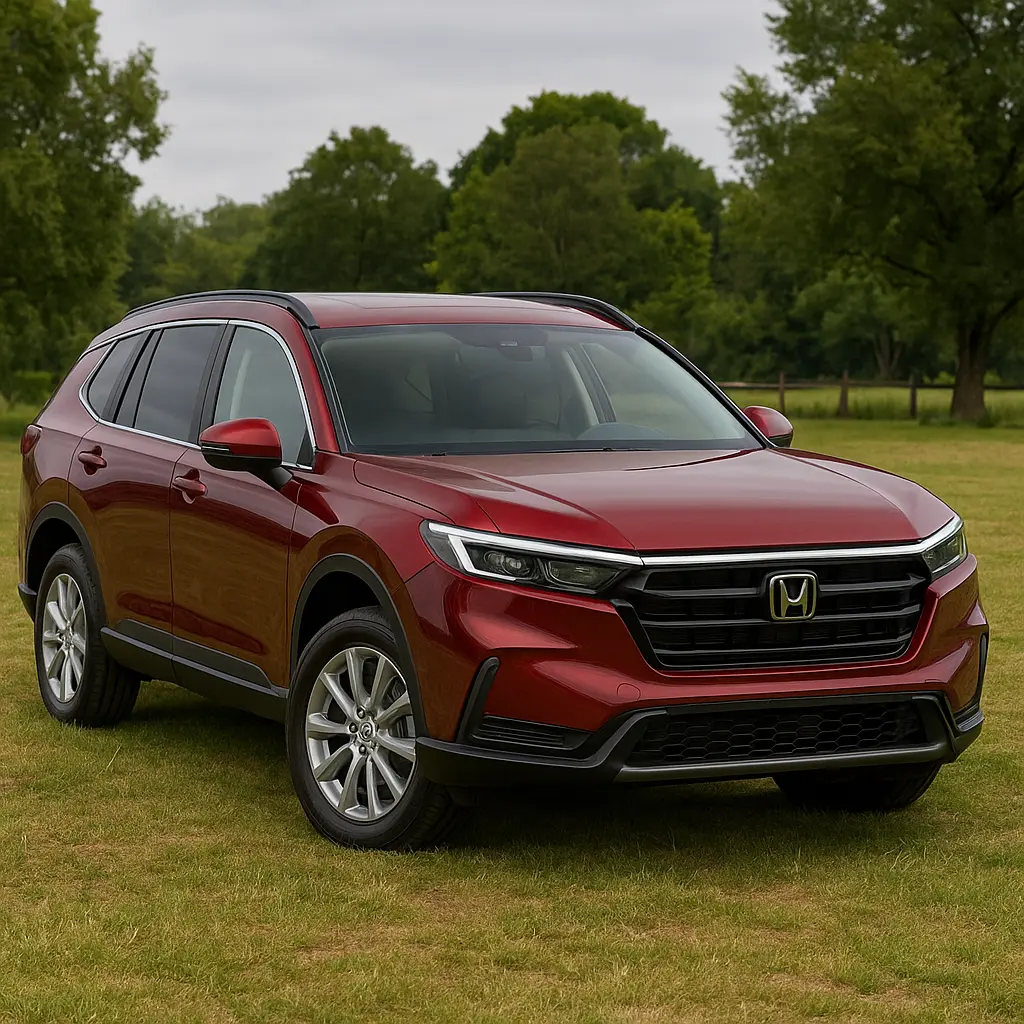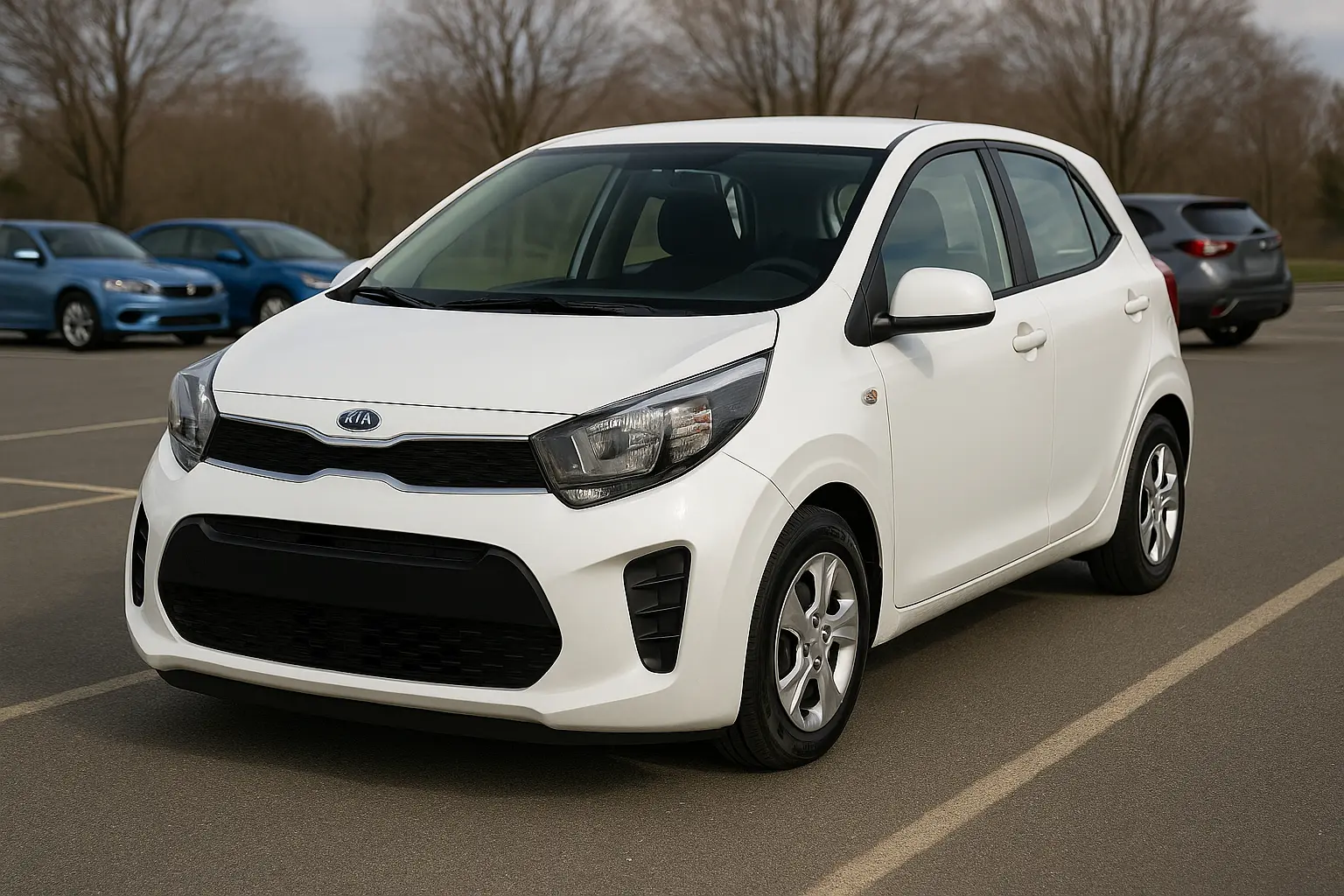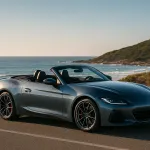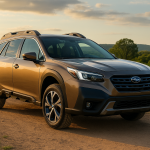Can You Drive an EV Through the Outback? We Break It Down
Australia’s Outback is world-renowned for its vastness, isolation, and rugged beauty. But it's also known for something else: being one of the harshest environments for any vehicle. So what happens when you throw an electric vehicle (EV) into the mix? Is the great Aussie Outback ready for silent, battery-powered adventure? In this comprehensive guide, we explore every angle — from range and terrain to charging networks, car suitability, and real-life stories.
Table of Contents
Introduction: EVs and the Outback – A Modern Clash?
EV Technology vs Outback Terrain
Charging Infrastructure – How Sparse Is It?
EV Range: How Far Can You Really Go?
Best EVs for Rural and Remote Australia
EV vs Diesel 4x4: The Practical Debate
Charging Options in the Bush
Planning Your Route – Tools & Tricks
Real Aussie Experiences – EVs in the Wild
Maintenance, Breakdowns, and Backup Power
Wildlife, Dust, and Heat: Can EVs Survive?
The Future of EV Travel in Rural Australia
Conclusion: Is It Possible? Yes. Easy? Not Yet.
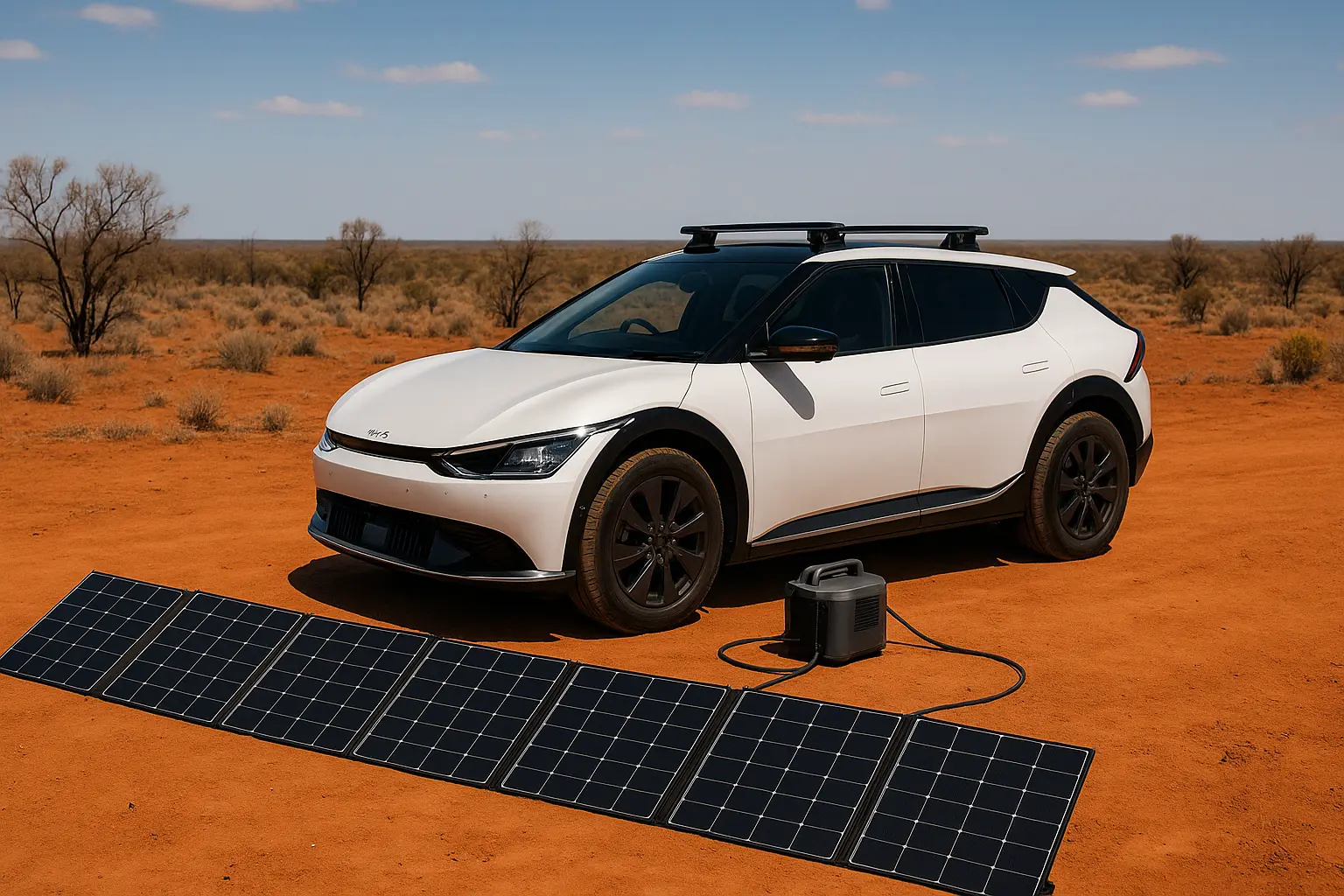
1. Introduction: EVs and the Outback – A Modern Clash?
Electric vehicles and the Outback might seem like polar opposites — one representing modern tech and environmental consciousness, the other a harsh, remote expanse with minimal infrastructure. But Australia is at an inflection point. With more people embracing EVs in cities, the natural question arises: can they handle the bush?
Spoiler alert: It’s possible — but not for the faint-hearted or ill-prepared.
2. EV Technology vs Outback Terrain
Modern EVs are loaded with features — regenerative braking, torque-rich motors, dual-motor AWD systems, battery thermal management, and advanced traction control. These sound ideal for rugged terrain, but here’s the rub:
Ground clearance can be limited in many urban-focused EVs.
Battery enclosures are sealed and tough, but prolonged exposure to red dust, corrugations, and water crossings could present long-term issues.
Payload and towing capacity in EVs generally falls short of diesel 4x4s.
Weight: EVs are heavy due to their batteries. Heavier vehicles can struggle in soft sand or floodplains.
However, vehicles like the Rivian R1T (not yet in Australia), the LDV eT60, and Tesla’s Cybertruck (on the horizon) are showing the potential for electric off-roaders.
3. Charging Infrastructure – How Sparse Is It?
Here’s the biggest hurdle: charging points are few and far between once you’re outside major regional hubs.
Fast-Charger Coverage (as of mid-2025):
Cities & Coastal Towns: Excellent coverage.
Regional Areas (e.g., Dubbo, Kalgoorlie): Improving.
Remote Routes (Birdsville Track, Gibb River Road, Tanami Road): Extremely limited or non-existent.
While the NRMA, Tesla Supercharger network, and the Queensland Electric Super Highway are expanding, true outback access is still in early stages.
4. EV Range: How Far Can You Really Go?
A key myth is that EVs can’t go far. But the numbers may surprise you:
Realistic EV Ranges in Australia:
Tesla Model Y Long Range – ~505 km (WLTP)
Hyundai IONIQ 5 – ~430 km (WLTP)
Kia EV6 GT-Line – ~484 km (WLTP)
Polestar 2 – ~470 km
LDV eT60 Ute – ~330 km (not ideal for longer remote stretches)
The catch is: Outback travel eats range faster. Think dirt roads, full loads, hot conditions, and potential detours. Real-world range in the bush could drop by 20–30%.
5. Best EVs for Rural and Remote Australia
If you're serious about taking an EV into the red centre, consider these models:
✅ Tesla Model Y Long Range
AWD, spacious, reliable network of Tesla chargers.
Optional off-road modes.
✅ Kia EV9 (New in 2025)
7-seater SUV with real off-road intent.
Large battery, ~500 km+ range.
✅ Hyundai IONIQ 5 AWD
Proven track record.
Surprisingly capable on gravel roads.
✅ LDV eT60
Only electric ute currently available.
Limited range but decent payload and clearance.
These vehicles, when paired with planning and portable charging options, can handle much of what rural roads throw at them.
6. EV vs Diesel 4x4: The Practical Debate
| Feature | EV | Diesel 4x4 |
|---|---|---|
| Range | 300–550 km | 600–1200 km |
| Refuelling | Slow (30–60 min) | Fast (under 5 min) |
| Refuelling Points | Sparse in Outback | Everywhere |
| Torque Delivery | Instant | Delayed but robust |
| Emissions | Zero tailpipe | High |
| Noise | Quiet | Loud |
| Maintenance | Lower long term | More moving parts |
While EVs are smoother and cleaner, diesels still dominate for sheer practicality in the Outback — for now.
7. Charging Options in the Bush
Let’s say you’re off-grid. What then?
⚡ Options:
Portable solar arrays (slow, but sustainable).
Diesel generators (ironic but used by remote communities).
Community AC outlets (homestays, stations, road houses — ask nicely!).
EV-friendly tourism spots are emerging — like eco-lodges with solar power.
You’ll likely need Type 2 to 3-phase adaptors, or carry your own charging kit.
8. Planning Your Route – Tools & Tricks
To avoid getting stranded, use these tools:
PlugShare – Shows public chargers, private offerings, and reviews.
A Better Route Planner (ABRP) – Customise trip plans by EV model and charge status.
Tritium & Evie Apps – Monitor charger status and types.
Offline Maps (e.g., Hema Maps) – Outback often lacks signal.
Planning is key — even more than with petrol vehicles.
9. Real Aussie Experiences – EVs in the Wild
A few adventurous Aussies have already tested the waters:
Tesla Owners Club have documented multi-thousand-km outback loops.
A Kia EV6 made it to Birdsville with portable solar and town charging.
A solo traveller took a Polestar 2 across rural SA, relying on 15A farm plugs.
What they all had in common: meticulous planning, backup charging gear, and realistic expectations.
10. Maintenance, Breakdowns, and Backup Power
Remote areas mean help is far away. EVs do have fewer moving parts, but you’ll need to:
Keep tyres in top condition — no run-flat tyres out here.
Ensure your 12V battery is healthy — a flat one will stop your car from booting.
Carry a spare wheel and not just a repair kit.
Check water sealing if crossing rivers or floodways.
And always have:
Satellite phone or Starlink Mini
First-aid kit
Extra water and food
Portable jump-starter
11. Wildlife, Dust, and Heat: Can EVs Survive?
🦘 Wildlife:
EVs are quiet. That’s a risk. Kangaroos, emus, and livestock may not hear you coming.
🌡️ Heat:
EVs are tested to high temps, but avoid charging at peak sun. Battery thermal management is critical.
🌪️ Dust:
Red dust gets into everything. Ensure your battery pack is IP-rated and keep filters clean.
12. The Future of EV Travel in Rural Australia
Australia is investing in the National EV Strategy, aiming for 82% renewables by 2030. This means:
More rural and regional chargers.
Incentives for electric utes and off-roaders.
Improved grid access for remote towns.
The Outback won’t be EV-ready overnight, but it’s coming — fast.
13. Conclusion: Is It Possible? Yes. Easy? Not Yet.
Can you drive an EV through the Aussie Outback?
✅ Yes — if you plan, prep, and choose your car wisely.
⚠️ No — if you treat it like a regular road trip without considering logistics.
But the trend is clear: EVs are evolving, and so is the charging network. What once seemed impossible is becoming increasingly doable — and by 2030, it might be the new normal.
So charge up, pack smart, and let your electric adventure begin.
Leave a comment
Your email address will not be published. Required fields are marked *



